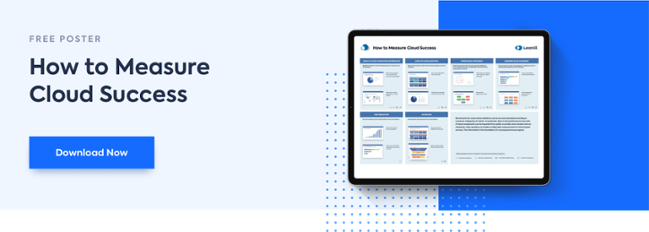 |
| Source: Software Engineering for Business Information Systems (sebis), Prof. Dr. Matthes |
If companies want to stay up-to-date they are facing costs that do not create value. These costs still occur, even if the software is “free” thanks to open source. Downloading the software, updating the installation, testing with changed business processes and possible an adaption of intern manuals – all of these steps cost a lot of effort. Changing versions furthermore comes with migration costs.
To avoid these costs, managers tend to outsource these services to a provider. But this solution has a number of disadvantages: There is dependency of a new service provider and additional update costs are surely not covered within regular operational costs.
Software as a Service is the best solution
All these activities do not help enterprise architecture to progress but distract EA from its actual tasks.
Software as the Service can overcome these difficulties, thanks to convincing advantages:
- No Investments, no residual costs when terminating the service
- Costs clearly depend on use, no additional operating costs
- Further development costs are included
- Upgrade and migration expenditures are covered by the provider
With tools based on the cloud, you can fulfill your role as enterprise architect and take care of your costumers.





